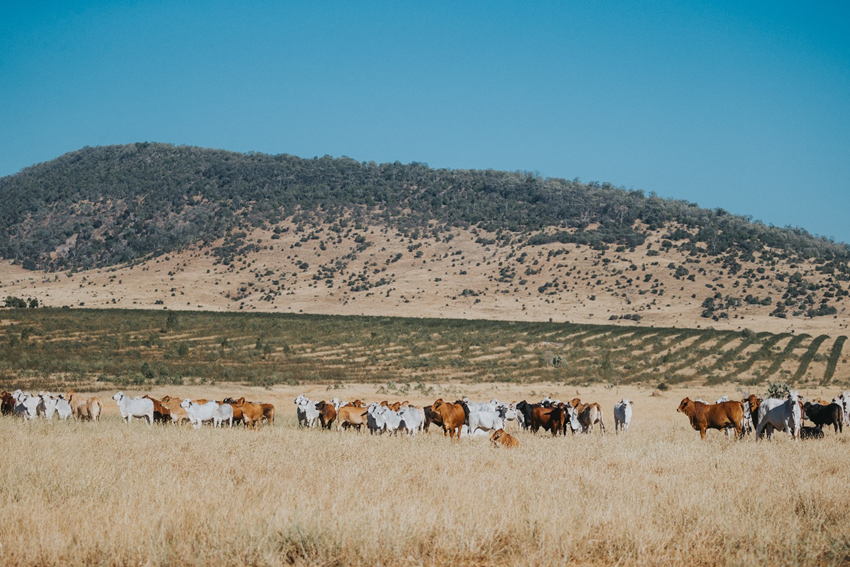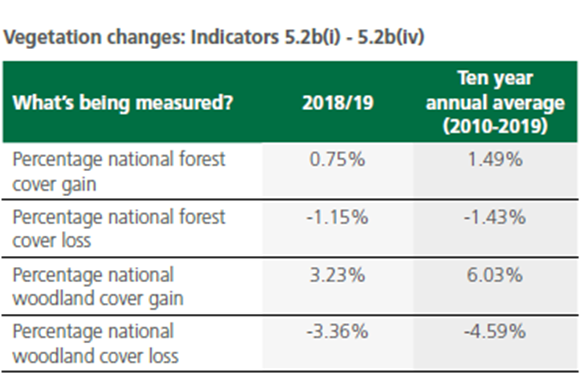The Framework explained
March 07 2022
- The role cattle play in helping manage weeds and pests is increasingly being recognised.
- Data is crucial to demonstrating sustainability performance and connecting with stakeholders.
- The grass and tree cover priority of the ABSF is an excellent example.
More information
Contact:
Jacob Betros
Resources:

